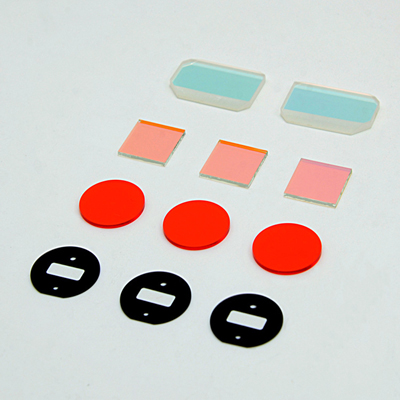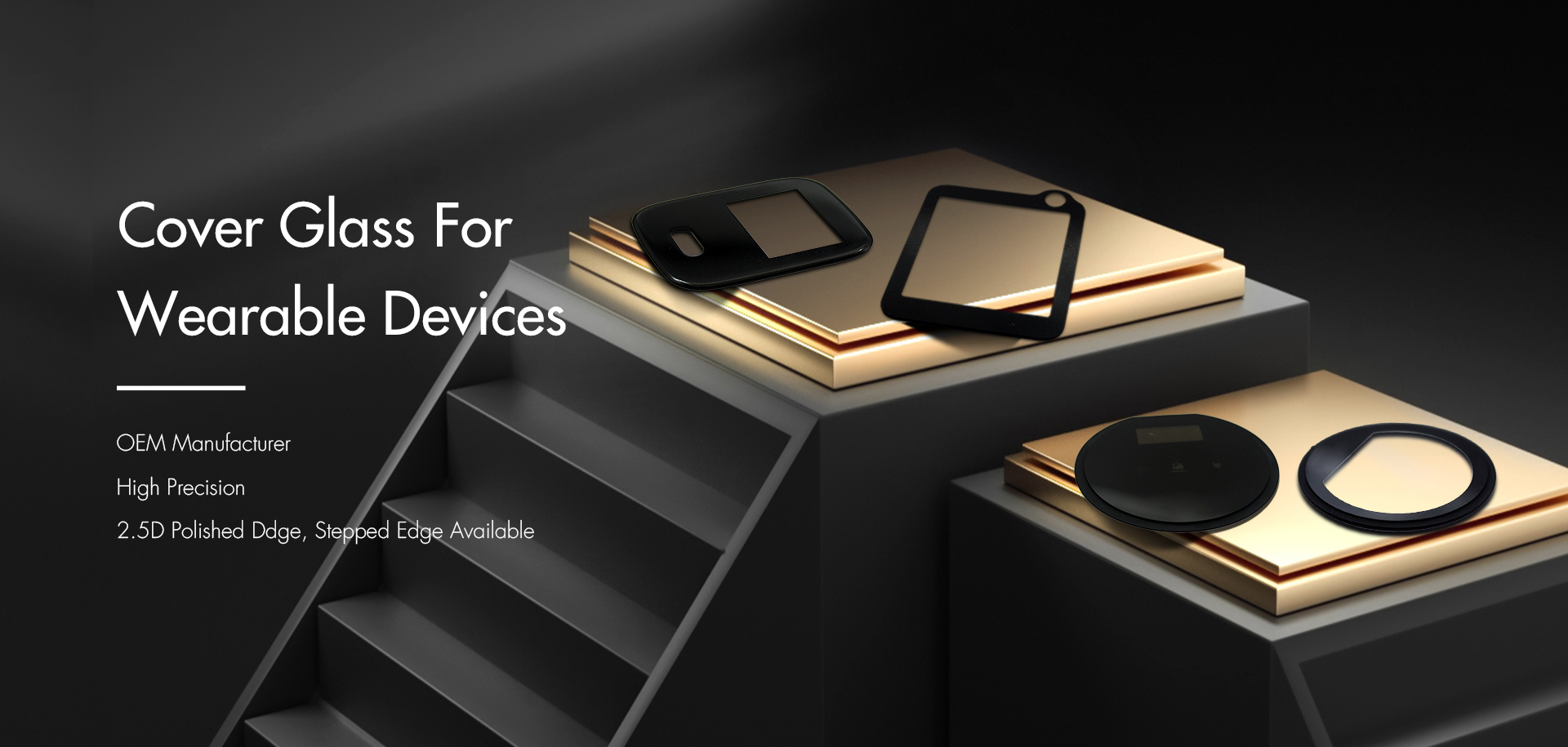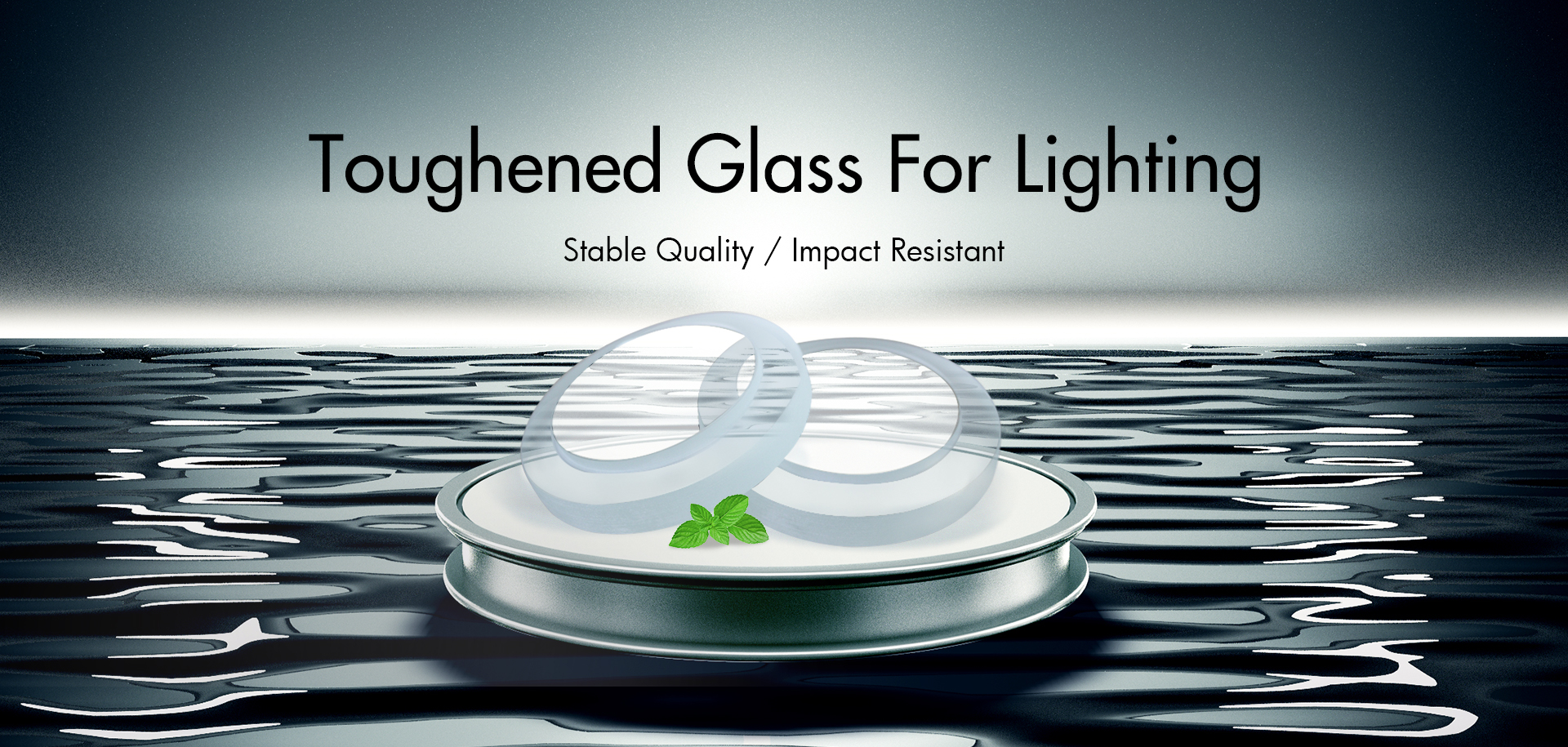The difference between optical glass and other glasses is that as a component of the optical system, it must meet the requirements of optical imaging.
Its cold processing technology uses chemical vapor heat treatment and a single piece of soda-lime silica glass to change its original molecular structure without affecting the original color and light transmittance of the glass, making it reach the ultra-hardness standard, and meeting the fire protection requirements under high-temperature flame impact Ultra-hard fire-resistant glass and its manufacturing method and special equipment. It is made of the following weight ratio components: potassium salt vapor (72%~83%), argon (7%~10%), gaseous copper chloride (8%~12%), nitrogen (2 %~6%).
The quality of optical glass has the following requirements:
1. The specific optical constants and the consistency of the optical constants of the same batch of glass
Each type of optical glass has a prescribed standard refractive index value for different wavelengths of light, which serves as the basis for optical designers to design optical systems. The optical constants of all optical glass produced in the factory must be within a certain allowable range of these values, otherwise the actual imaging quality will not match the expected result during the design and the quality of the optical instrument will be affected.
2. High Transparency
The image brightness of the optical system is proportional to the transparency of the glass. The transparency of optical glass to light of a certain wavelength is expressed by the light absorption coefficient Kλ. After the light passes through a series of prisms and lenses, part of its energy is lost by the interface reflection of the optical parts and the other part is absorbed by the medium (glass) itself. The former increased with the increase of the refractive index of the glass. For high-refractive-index glass, this value is very large. For example, the light reflection loss of one surface of counterweight flint glass is about 6%. Therefore, for an optical system containing multiple thin lenses, the main way to increase the transmittance is to reduce the reflection loss of the lens surface, such as coating the surface with an anti-reflection coating. For large-size optical parts such as the objective lens of an astronomical telescope, the transmittance of the optical system is mainly determined by the light absorption coefficient of the glass itself due to its large thickness. By improving the purity of the glass raw materials and preventing any coloring impurities from mixing in the entire process from batching to smelting, the light absorption coefficient of the glass can generally be less than 0.01 (that is, the light transmittance of the glass with a thickness of 1 cm is greater than 99%) .

Saida Glass is a recognized global glass deep processing supplier of high quality, competitive price and punctual delivery time. With customizing glass in a wide variety of areas and specializing in touch panel glass, switch glass panel, AG/AR/AF/ITO/FTO/Low-e glass for indoor & outdoor touch screen.
Post time: Oct-09-2020











